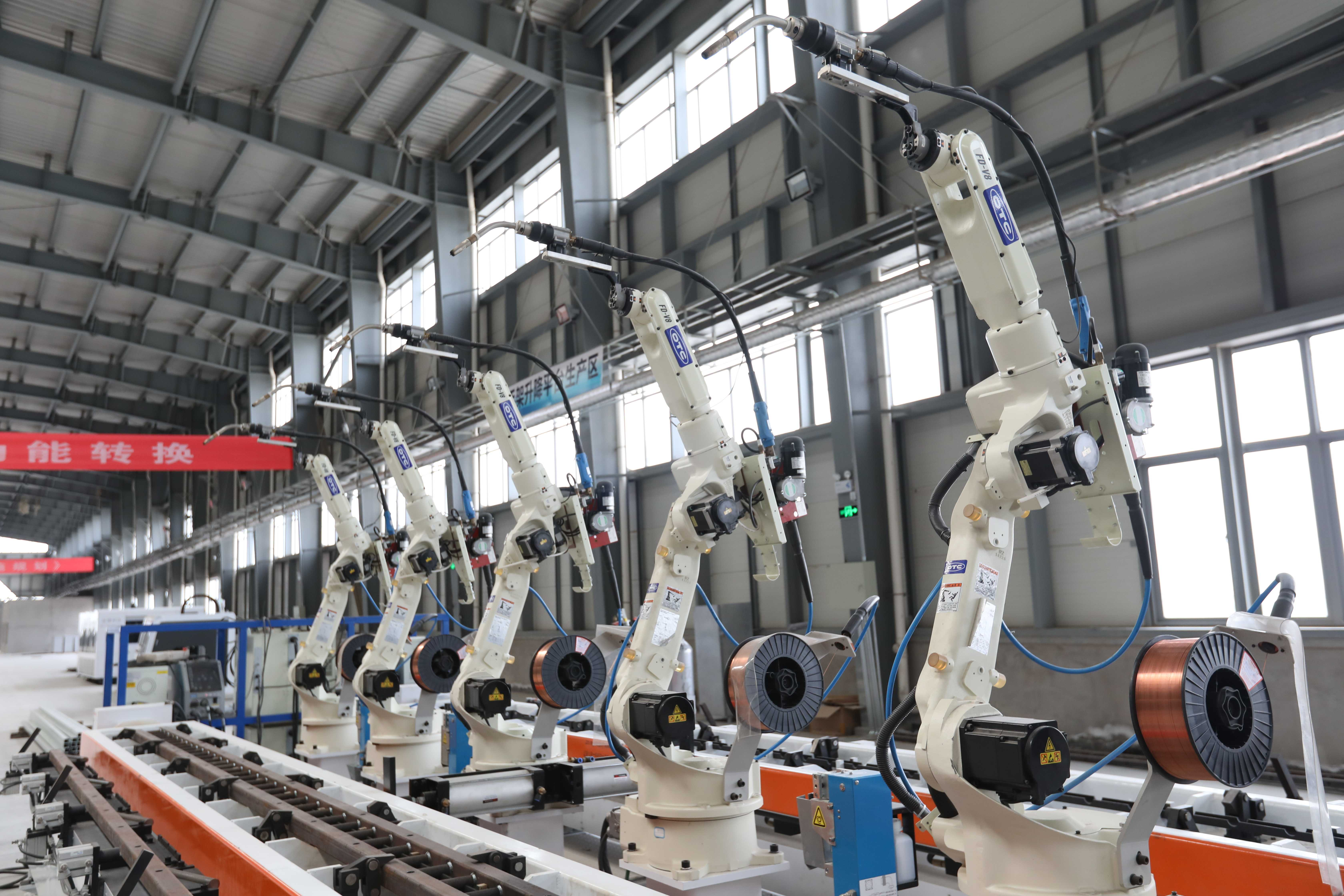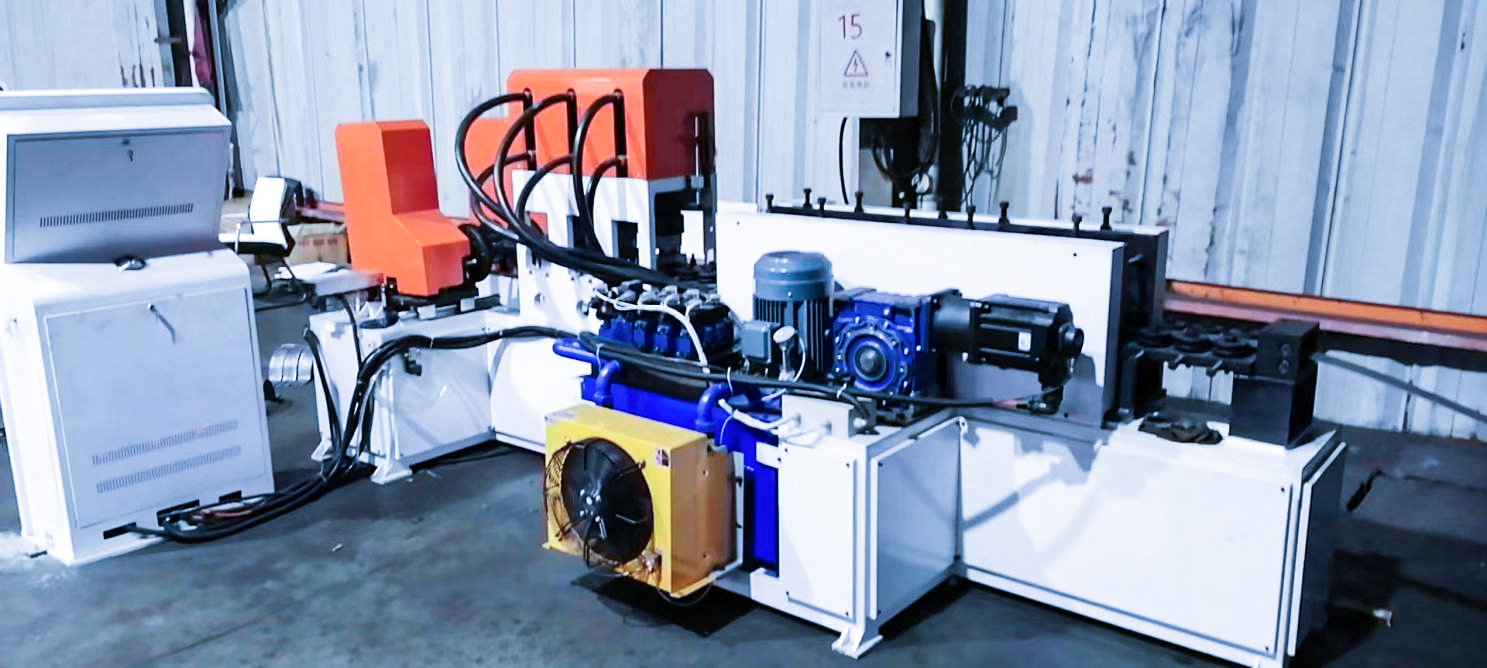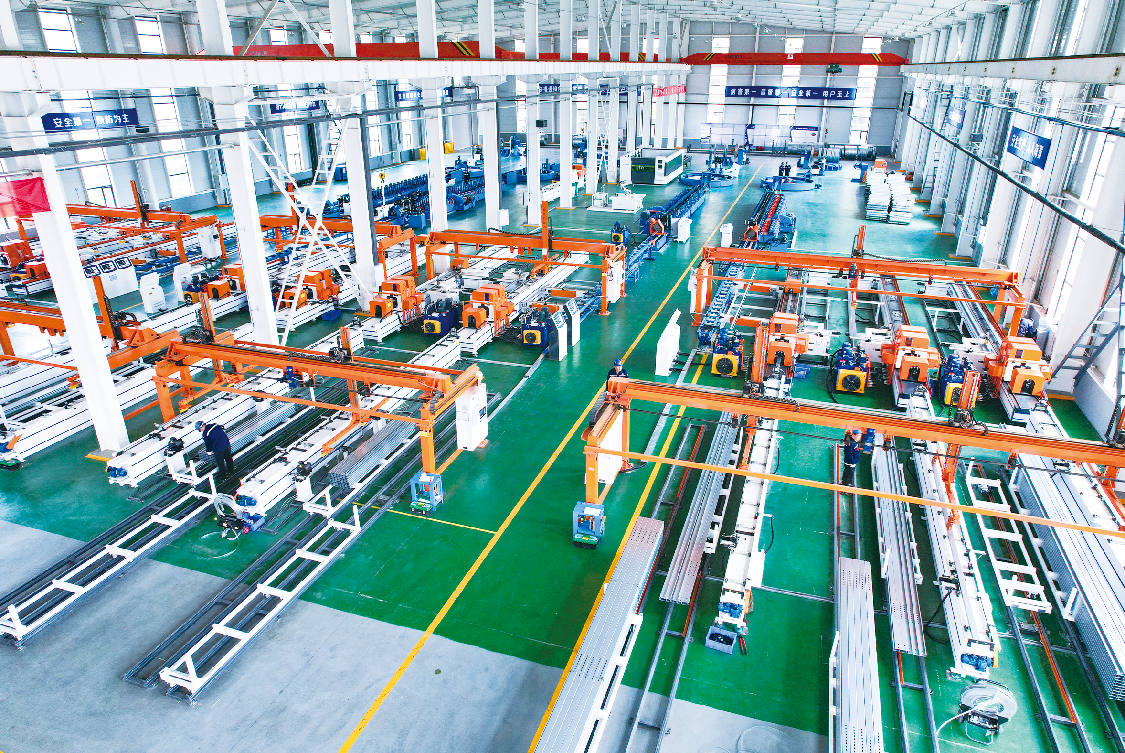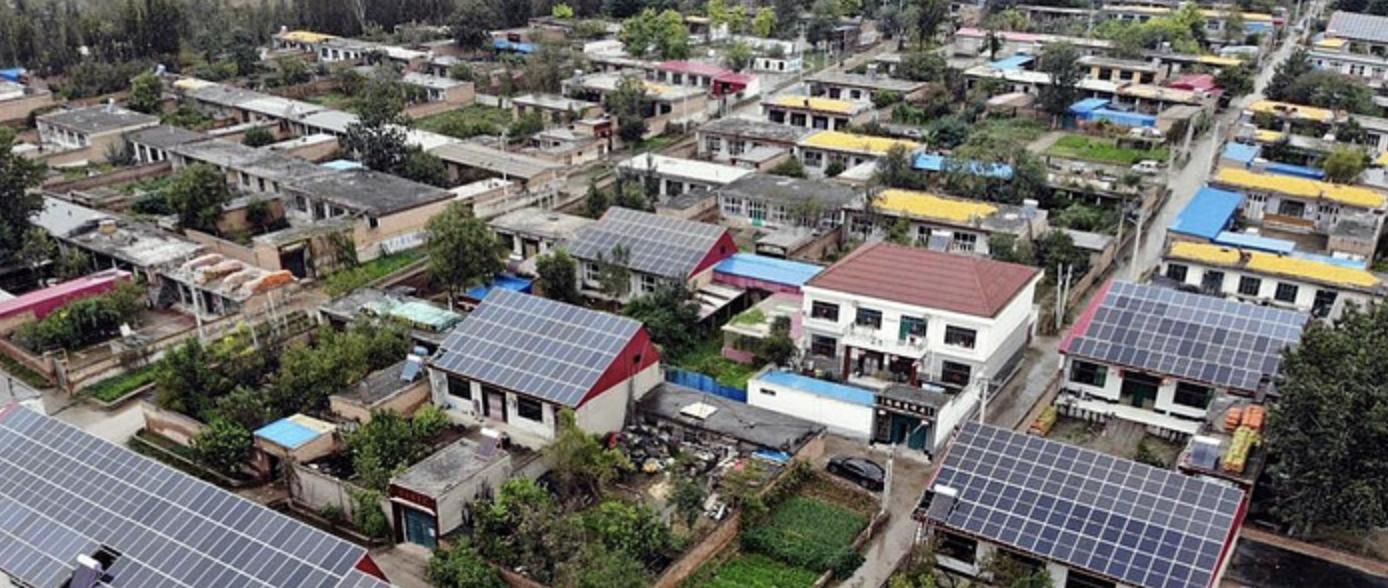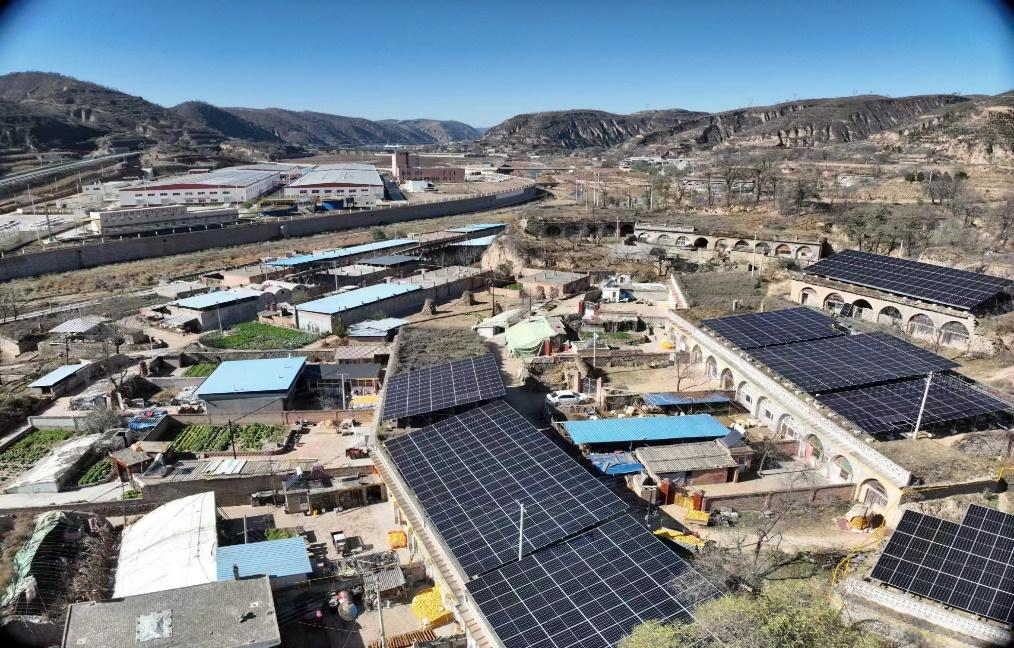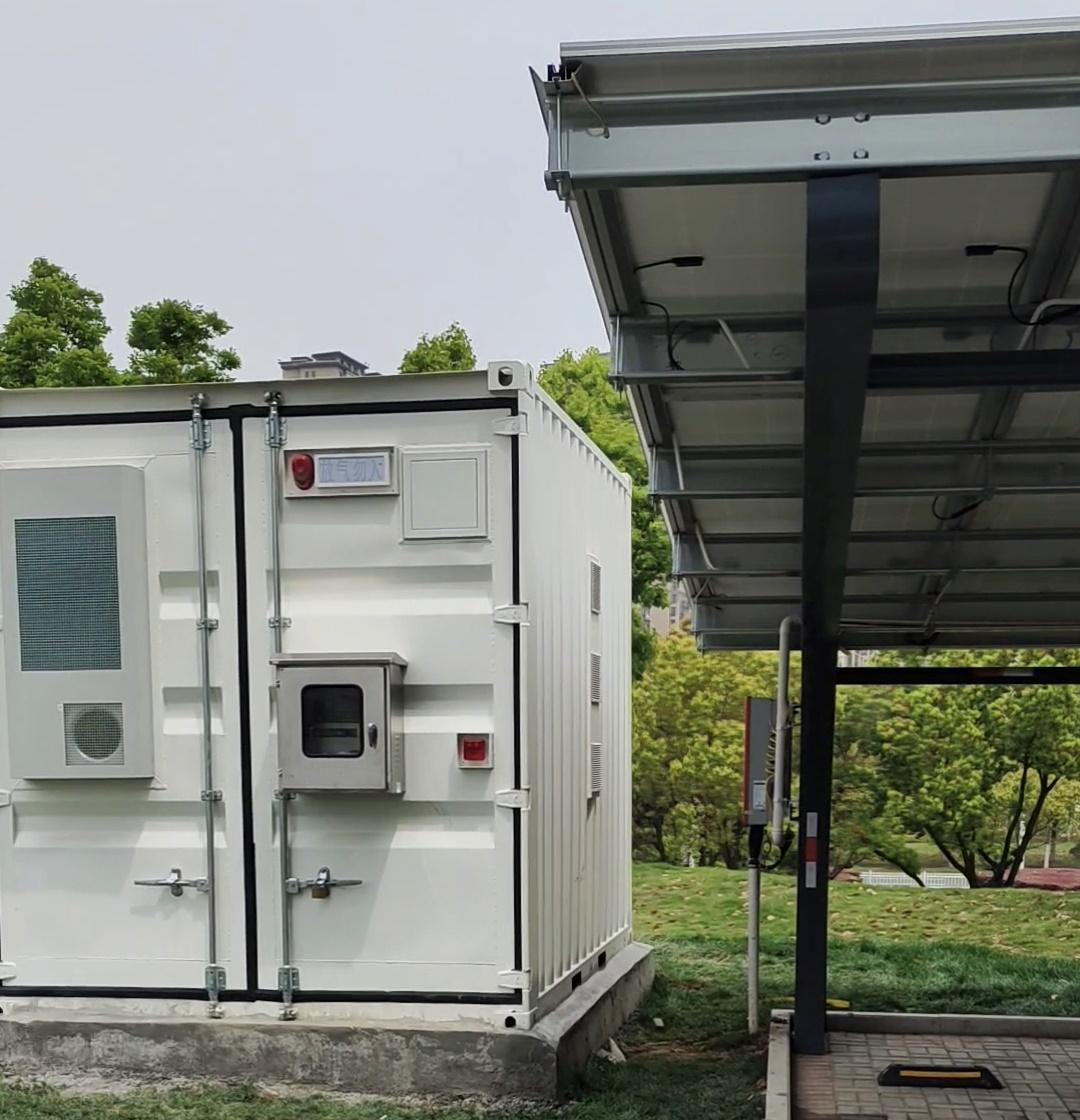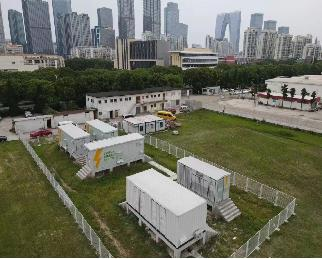Wedoany.com Report-Nov 22, China has tightened investment rules for PV manufacturing, raising the minimum capital ratio for starting projects from 20% to 30%, according to new standardized guidelines announced by the government.
The Chinese Ministry of Industry and Information Technology has issued stricter rules for investments in the domestic PV supply chain.
“While the industry maintains rapid growth, it is also facing challenges such as intensified disorderly competition, market fluctuations and adjustments, as well as accelerated technological progress,” the ministry said in a statement.
The new standardized investment guidelines raise the minimum capital ratio for starting a PV manufacturing project from 20% to 30%, a figure previously only applied to polysilicon manufacturing.
The Chinese government has also set new efficiency standards. P-type monocrystalline cells and modules must exceed efficiencies of 23.7% and 21.8%, respectively, while n-type cells and panels must achieve over 26% and 23.1%, respectively.
The updated energy consumption standards for newly constructed or upgraded projects require less than 40 kWh/kg for reduction electricity consumption, down from the draft’s 44 kWh/kg, and under 53 kWh/kg for comprehensive electricity consumption, a reduction from 57 kWh/kg.
The new water usage standards mandate wafer manufacturing must consume less than 540 tons per million pieces, with a reclaimed water utilization rate of at least 40%. For solar cells, the water consumption threshold is set at less than 360 tons per MWp, with a reclaimed water utilization rate exceeding 40%.
Intellectual property is also emphasized, requiring companies to hold core patents for their main operations and industrialized products, with no patent infringements in the past three years.
Lastly, the updated guidelines encourage active participation by companies in green and low-carbon standard formulation, including green product certification, green factory evaluations, and green supply chain assessments. Companies are urged to prioritize renewable energy in their manufacturing processes, using green power certificates or industrial green microgrids to meet these standards.
